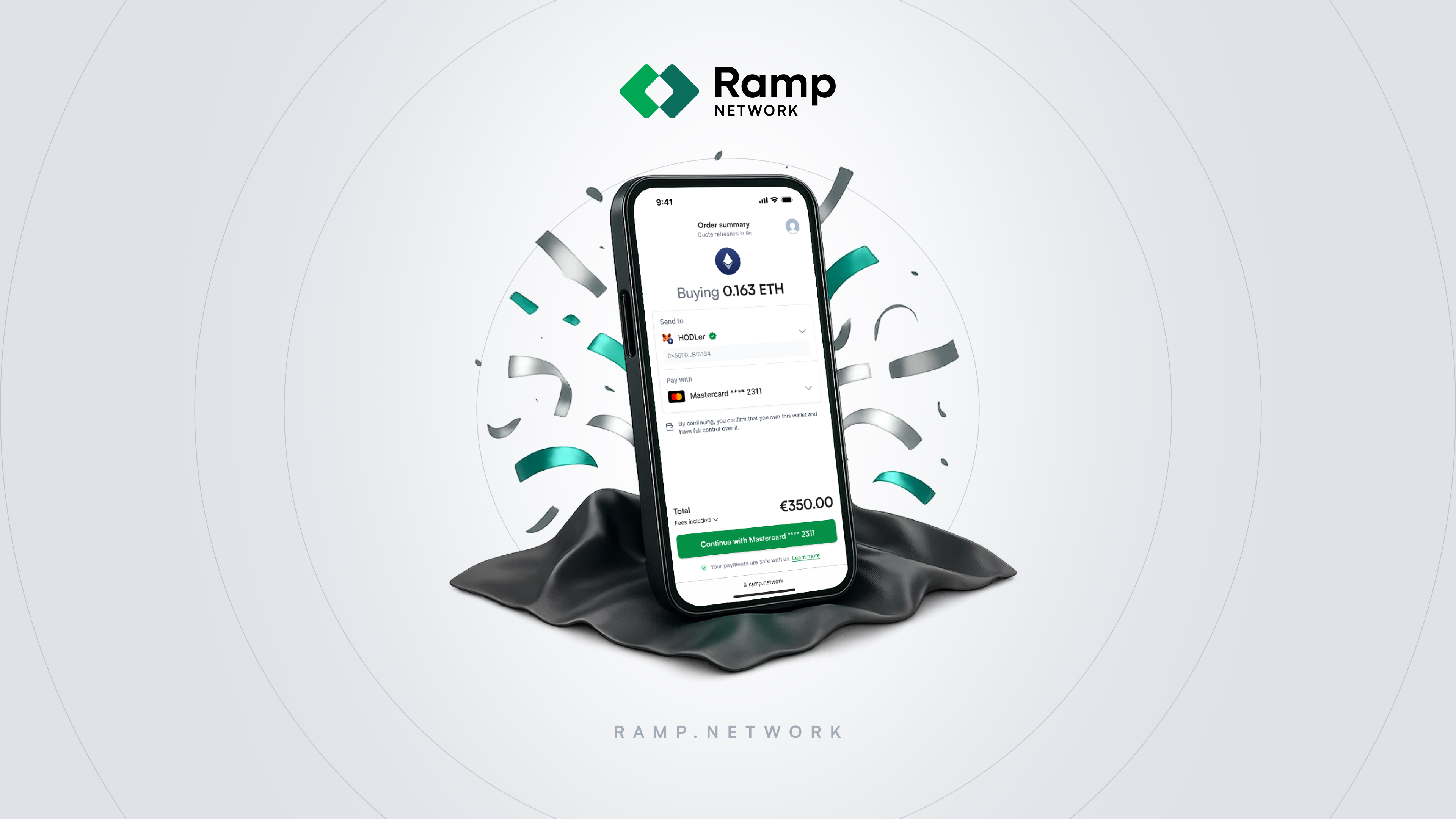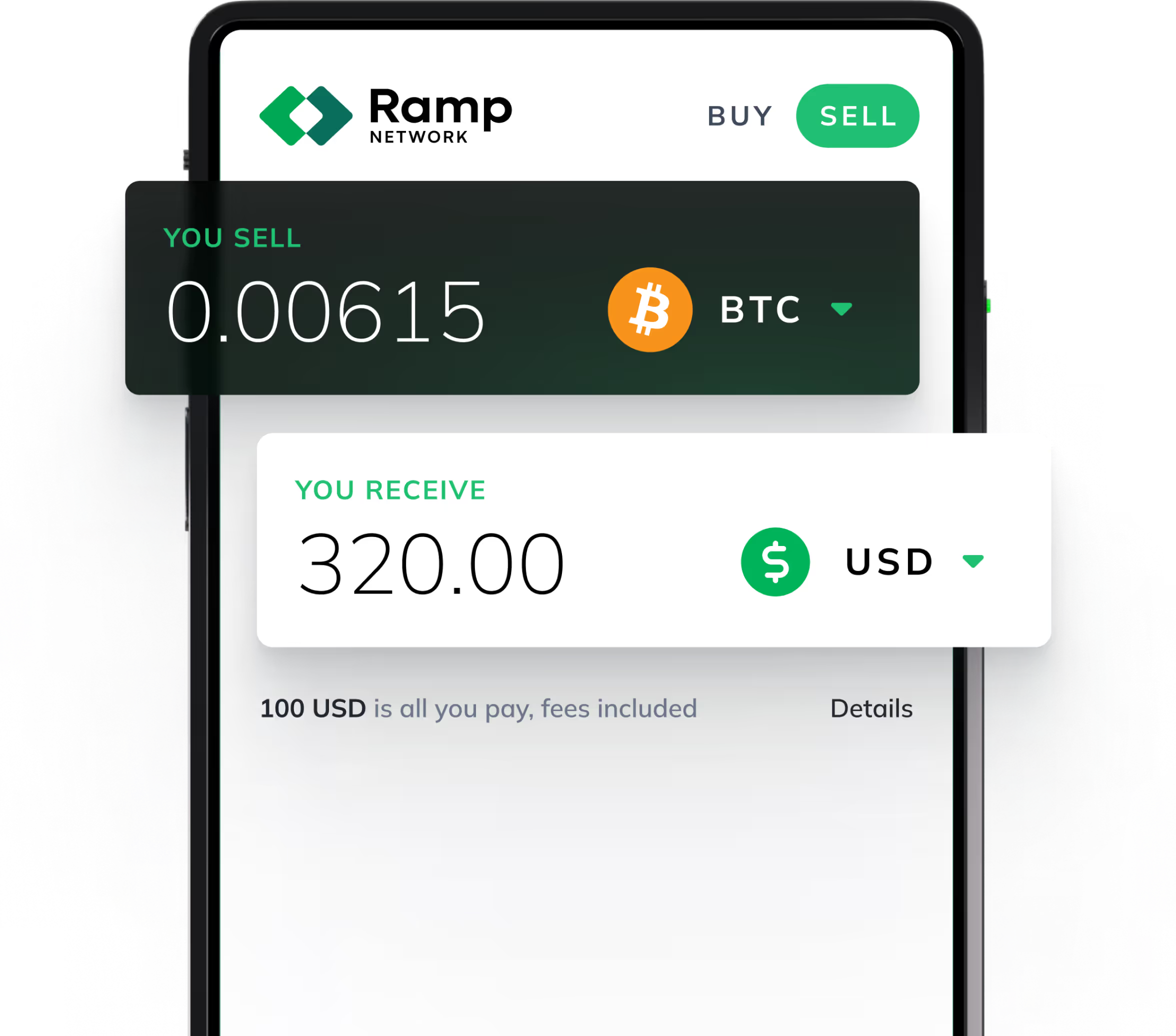

A perfect match
From the early days of web3 and up until now, we are constantly reminded that one of the strongest use cases for blockchain technology lies within the gaming sector. Gaming has always been a disruptive force within the entertainment industry, and with the rise of competitive gaming, eSports, and massive player economies, is now on the path of being disrupted itself through web3 and blockchain.
To start uncovering the truth, we must first ask ourselves, "why gamers?". The simple answer to that question is that gamers are digital natives. A large percentage of gamers are already tech-savvy, and they know how to navigate the digital space, at least when compared to the general population.
But that’s not all! As you’ll begin to see the further you dive into this article, gamers have other characteristics that make them great at understanding, interacting, and appreciating the benefits of blockchain games.
The rise of in-game economies
In-game economies such as RuneScape, World of Warcraft, Lost Ark, and other popular MMORPGs have been key in teaching gamers the value behind digital items and the ownership of those items. The ways in which players accrue wealth in traditional games are not too different from virtual economies proposed by cryptocurrency games, with both having similar fundamentals.
For example, a player with a high blacksmithing level in World of Warcraft can earn in-game currency (gold) by running around and mining veins of precious metals to gather the materials for crafting armour and weaponry. Similarly, other players can fetch the materials themselves (or buy them via the in-game Auction House) and pay the blacksmith a fee to craft the items for them. Pretty neat, right?
What web3 games propose is the ability to tokenise player items that have either been crafted or obtained (by completing a mission, for example) and sold for real money on the open and decentralized market. Similarly, player contracts can also be tokenised and sold, making it so that services can be bought in the same way that items are.
We need to talk about eSports
Meanwhile, on the other side of the industry, there are the competitive gamers, those who love watching and participating in eSports. In 2022 the eSports audience size was 530 million, and that number is not slowing down by any means.
The estimations for audience growth hover around 8% CAGR, which will snowball into the ballpark of 640 million viewers by 2025. In competitive games, the in-game economies are most often powered by skins, which are cosmetic items used to change the appearance of in-game items such as player models, weapons, and can sometimes add special effects to these.
The most notable of these is Valve’s biggest cash cow, Counter-Strike, which has recently just released its next instalment, moving from Counter-Strike: Global Offensive, to Counter-Strike 2. Player items in Counter-Strike are gained by opening loot boxes, which have an established percentage chance to drop based on item rarity. The items that have higher rarities and therefore are less likely to drop, such as knives and gloves, are worth more.
Users can take their dropped items and trade them through third-party sites, expanding possibilities for item trading beyond the Steam platform (which takes a rather chunky 15% cut), and most importantly, unlocking Steam’s item listing price cap, which sits at $1,800.
This phenomenon took gamers and game developers by storm, with some Counter-Strike items being valued at over $1 million and items worth 5 figures being traded on a daily basis thanks to the rise of third-party sites. Unbeknownst to them, Valve had essentially created the first iteration of NFTs, and gamers couldn’t get enough. Communities sprouted up all over the world, and people started speculating on prices and ‘investing’ in these digital items, giving birth to a whole new economy, with its own indexes to represent the state of the item economy.
Power to the gamers
By now the threads are beginning to weave themselves together into what makes the fabric of gaming so special for Web3 enthusiasts.
Blockchain promises to decentralise player item markets and create fairer, more transparent in-game economies. Items that were once used on the final eSports stage could easily be distinguished on the blockchain, allowing professional players to monetise their careers and successes even further by auctioning them to their fans while allowing fans to own a verifiable piece of gaming history.
Play to earn games would be revolutionized, and some Venezuelan gamers would no longer have to make ends meet by selling RuneScape gold; players could take their in-game earnings into their real lives, making the intangible, tangible. Trading card games such as Gods Unchained could have real-world economies thanks to NFTs and their marketplaces, making player decks feel much more meaningful (and valuable).
Simply put, gamers have the desire to be more active in their virtual worlds, the desire to interact with their favorite items, which they probably spent countless hours grinding for. When it comes to eSports, the desire to get closer to fan-favorite players and support them in a way that gets them recognized cannot be ignored. For many, gaming has become so much more than just a hobby, it’s become part of their lives, and to be able to spend in-game time earning money, or spending money to be involved in the competitive gaming scene is the ultimate goal.
The promise of blockchain gaming was massive, and it was all up to us, web3 builders, to deliver.
What happens next?
With the beginning of 2022 marking the start of a new market downturn, many would be deflated on the idea that blockchain can revolutionize anything, much less gaming. Both gamers and speculative investors were set on leaving the space in droves, abandoning all hope that what was promised could become reality.
To put the nail in the coffin, as of 2021 Valve banned all NFT and blockchain-related games from the biggest game distribution platform, Steam, and recently confirmed that their flagship game, Counter-Strike, would not make use of NFTs as they “don’t know enough about NFTs to weigh in on that conversation”.
But not all hope is lost, as several other AAA gaming studios are extremely keen on the idea of NFT and blockchain games, with the likes of Ubisoft revealing their tactical RPG “Champions Tactics”, built on the Oasys Blockchain, and Fortnite developer Epic Games embracing NFT games on their distribution platform.
Swathes of other up-and-coming games are actively embracing NFTs to try and replicate what Valve had succeeded in, from the ground up, on a scalable, fair, and decentralized technology stack offered by web3. Today’s indie developers and open-minded AAA studios are paving the way for the future of the blockchain gaming market, and supposedly, all it takes is for one of these games to reach critical mass adoption for the rest of the gaming world to start noticing.
While we can’t pinpoint who is going to ultimately be responsible for the top blockchain games, what we can do is offer game developers a first step into onboarding the gamers in our industry.
Ramp Network’s minimum buys are by far the lowest in the market, making it the perfect on-ramp for the microtransactions that help monetise crypto gaming. We’re able to offer gamers over 40+ different local currencies to buy from and a wide range of local payment methods to make the transaction snappy, all while never leaving your gaming platform.
Our integration is quick & easy, all you need is our SDK and you can get started without even writing a single line of code. Sounds interesting?
You may also be interested in:
- Ramp Network partners with MetaMask to enhance access to Web3
- Ramp Network now supports Pix, premier payment method in Brazil
- The evolution of crypto onboarding















.png)
.jpg)


